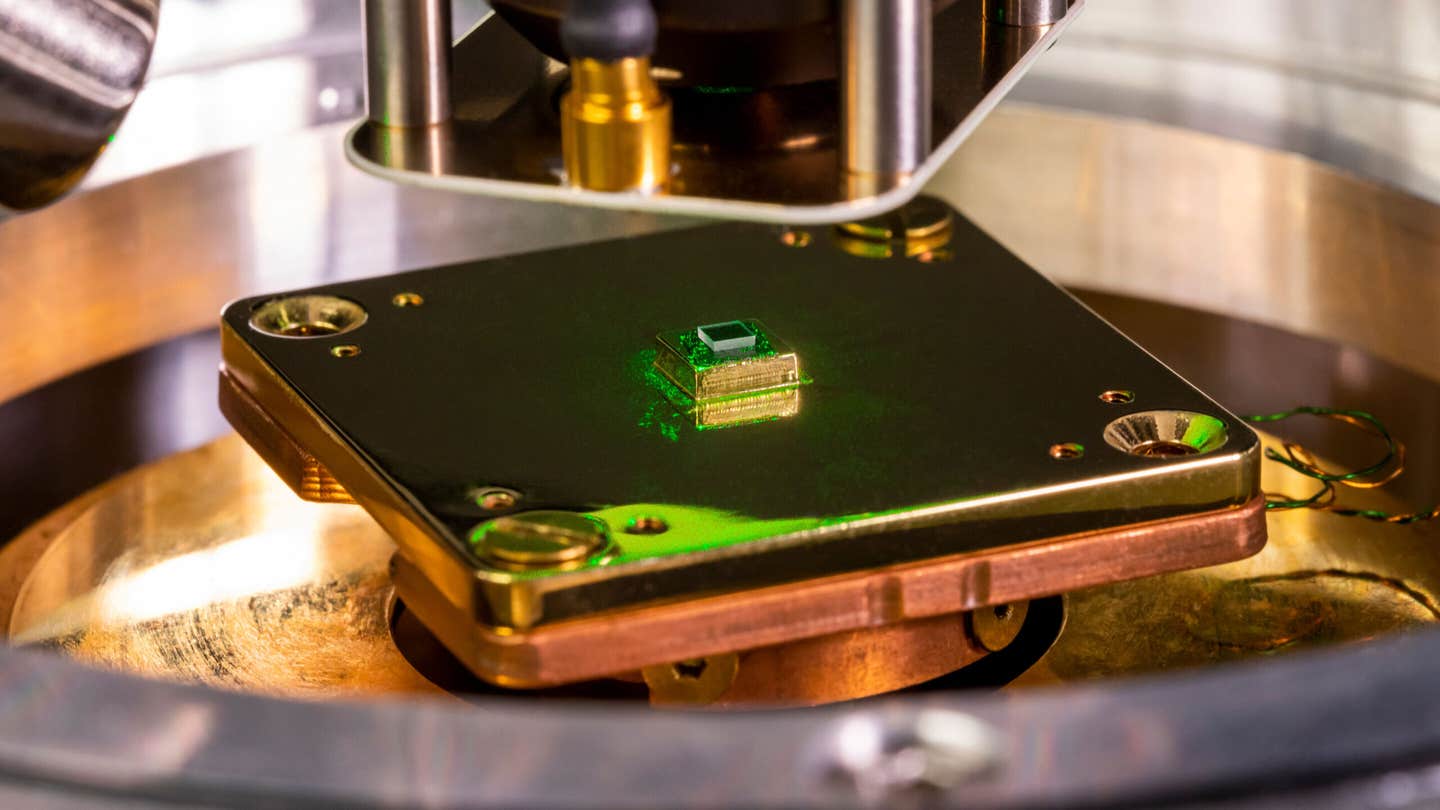Breakthrough in transistors could launch revolutionary 6G era
A new type of transistor using over 1,000 nano-fins may help power 6G networks, remote healthcare, and faster self-driving cars.

University of Bristol scientists discover latch effect in GaN transistors, boosting speed and power for future 6G networks. (CREDIT: CC BY-SA 4.0)
Self-driving cars that glide through cities without ever hitting traffic, virtual doctors diagnosing you instantly at home, and the ability to feel the touch of someone thousands of miles away may sound like scenes from a sci-fi movie. But a recent breakthrough in semiconductor technology might bring all of this closer than you think.
Researchers at the University of Bristol have made a discovery that could speed up how we share data. The work, published in Nature Electronics, introduces a way to make future 6G communication systems faster, more efficient, and more powerful than anything available today.
Why 6G Needs Better Semiconductors
To understand what makes this discovery so important, you first have to look at how our devices talk to each other. Smartphones, smart cars, and even smart homes all rely on networks that transfer data using radio frequencies. Right now, 5G powers many of these technologies. But 6G—the next big step—is already on the horizon, and it will need to move data at speeds we can't yet reach.
One of the main building blocks for these radio systems is a material called Gallium Nitride (GaN). It helps boost signals and keeps devices running fast and smoothly. But even GaN has its limits. The challenge has been to make these semiconductors not only faster but also able to handle more power and heat—without breaking down.
This is where the new research comes in. A team of scientists created a new type of transistor—called the Superlattice Castellated Field Effect Transistor (SLCFET)—and found a new physical effect inside GaN that unlocks much better performance.
What Makes This Transistor Different?
Most traditional semiconductors work using a single channel to carry electric current. The new SLCFET design, however, uses more than 1,000 very tiny fins—each under 100 nanometers wide. Think of these fins like lanes on a superhighway. More lanes mean more cars can pass through, and faster.
Related Stories
Dr. Akhil Shaji, a co-lead author of the paper and researcher at the University of Bristol, explained it like this: "We have piloted a device technology called SLCFETs, in which more than 1,000 fins with sub-100 nm width help drive the current."
But simply having more fins wasn’t the only breakthrough. What truly changed the game was the discovery of a behavior inside GaN called the "latch effect."
This effect makes the transistor suddenly switch from off to on in a very sharp way. Instead of a slow build-up, the current turns on with almost no delay. This creates faster, more reliable signals in high-frequency ranges used for 6G.
Discovering the Latch Effect
To find out what was really happening inside the transistor, researchers used a mix of high-precision electrical tests and special light-based microscopes. They noticed that the latch effect was happening in the widest fin out of over 1,000.
By building 3D simulations, they were able to confirm their results and rule out other causes like overheating. According to Professor Martin Kuball, who co-led the study: "We also developed a 3D model using a simulator to further verify our observations."
The team found that this latch effect didn’t damage the device. In fact, it made it better. It improved the transistor's ability to deliver steady power and smooth signal flow, which is exactly what's needed for future 6G networks.
The key to this long-term reliability was a thin layer of insulation around each fin. This layer kept everything stable even under high stress, allowing the latch effect to boost performance without harming the device.
Better Performance, Better Communication
In real-world tests, these new transistors performed extremely well. They reached radio frequencies up to 110 GHz, placing them in what scientists call the W-band. This is far higher than what most consumer devices use today.
With a current density of 4.8 amps per millimeter and over 40% power-added efficiency, these SLCFETs managed to deliver more than 10 watts per millimeter at 94 GHz. In comparison, even the best GaN-based devices before this could only hit around 40 watts per millimeter at 4 GHz.
One big concern with high-power devices is heat. The more power you use, the more heat you generate. But these transistors avoided major overheating issues thanks to their smart design. Temperature rose to around 283 degrees Celsius during use—hot, but still safe for GaN-based electronics.
And unlike silicon-based transistors, where the latch effect can sometimes lead to damage or permanent "on" states, the GaN version handled the latch without breaking a sweat. The effect was reversible and didn’t degrade the performance.
What This Means for the Future
The University of Bristol's work could have a huge impact on everything from healthcare to transportation. Faster, more reliable semiconductors open the door to instant diagnoses, remote surgeries, virtual classrooms, and safer driverless cars.
"Within the next decade, previously almost unimaginable technologies to transform a wide range of human experiences could be widely available," said Professor Kuball.
The new transistors could also help power radars, satellites, and military communication systems, all of which need to work reliably under high power and at high speeds. And because the latch effect improves signal clarity and efficiency, devices using these transistors will need less energy to send the same amount of data.
That means not only faster communication but also greener technology. Smaller devices could do more work using less energy, helping reduce the environmental cost of our growing tech needs.
Industry partners are already looking to bring these innovations to market. The research team now plans to boost the power density of the devices even more and explore new ways to use the latch effect in everyday products.
At the heart of the University of Bristol's innovation is a clear message: by understanding and controlling the smallest parts of a material, you can unlock huge advances in technology. And with 6G on the horizon, that understanding couldn’t come at a better time.
Note: The article above provided above by The Brighter Side of News.
Like these kind of feel good stories? Get The Brighter Side of News' newsletter.



